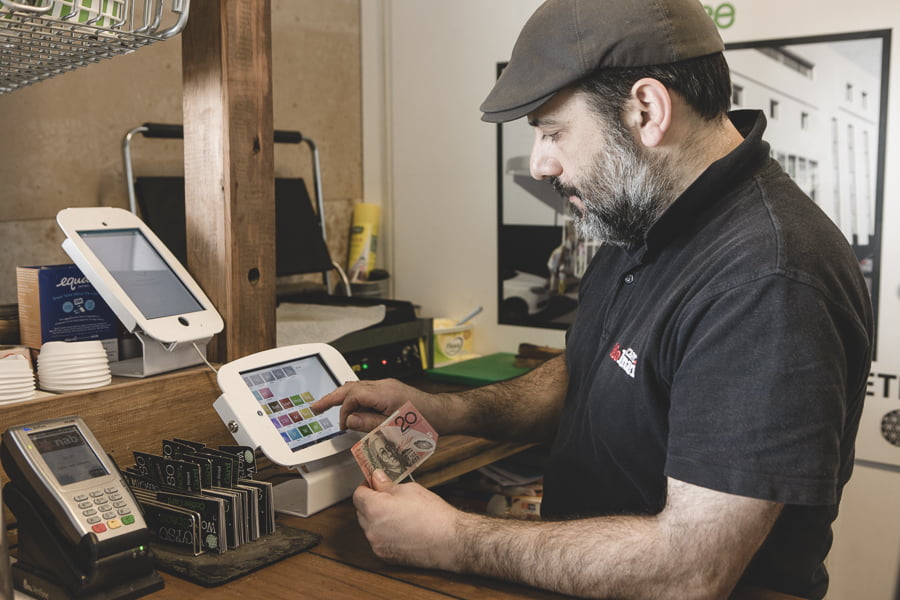Video was published on 2020-05-11 01:51:40: For this adventure activity business, embracing digital tools and…
Simplify the online checkout process – Part Two

Simplify the online checkout process – Part Two
Tips to stop customers abandoning their shopping cart at the checkout…
The online checkout is the final step in the online shopping process with the goal to get the customer from a window shopper to a paying customer. A complicated checkout process delays the payment process which can cause shopping cart abandonment and a decline in returning customers.
Check out part one of the series ‘creating a great online shopping experience’. It walks you through the essential features you need to include in your shopping cart.
Steps for a typical quick checkout process
Provide customers with a hassle free shopping experience, with a simple, quick and easy to navigate checkout process. It’s essential to make the checkout process as easy as possible to increase conversion rate and increase sales.
Here is an example of a checkout process:
- a number of items are added to the online shopping cart
- the customer reviews the items and is provided with the option to change or edit their cart
- once the customer is happy with their purchases, they proceed to the checkout
- multiple payment options are provided to choose from
- the customer selects their preferred payment and adds their payment details
- an order summary is provided for the customer to confirm their purchase
- the customer fills out their shipping/billing address
- the customer confirms the order
- a thank you page is generated providing the customer with their order number
- a confirmation email is sent to the customer with their purchase details and shipping timeline.
Six tips to improve your online checkout process.
1. Provide the best payment options for your customers
- Offer a variety of payment options such as credit card, PayPal and direct debit.
- Make sure you are compliant – you are required to be compliant with the Payment Card Industry (PCI) if you accept credit cards as one of your payment methods. These standards enhance the payment process to ensure all businesses maintain a secure environment when they process, store or transmit clients’ credit card details.
- Consider payment gateways – by accepting credit cards as an online payment, you have an option of using a combination of a merchant account and a payment gateway. Your payment gateway is the link between your online store and your merchant account, transferring payment information securely.
2. Request only the essential information you need
- Make forms user friendly and clearly labeled. There are five main detail requirements for most online purchases, which include:
- name
- address
- payment information
- shipping method
- email.
If you really need the extra information, make sure you provide an explanation of why you require it and highlight the privacy measures you have in place.
- Offer a number of check out options and give customers the option to either sign in as a guest, create an account or sign in as a returning customer.
3. Make sure your customers aren’t left guessing what to do next
- Inform customers of where they are in the checkout process by adding a progress indicator. The indicator will specify what stage of the checkout process the customer is up to and what stages are left to go before the purchase is complete.
4. Ensure mistakes can be modified
- Mistakes and errors happen, make it easy for customers to modify their order before it’s shipped.
- Highlight errors and have a message pop up which indicates an incorrect field.
5. Optimisation is a must for an ecommerce website
- Design a mobile friendly check out process to make it easy for customers to browse, purchase and pay online through their mobile devices.
6. Clearly confirm delivery of services or products
- Clearly state how and when the order will be delivered, by specifying:
- the delivery time
- that a confirmation email will be sent with the order number and delivery time
- how the order will be delivered and what the customer’s obligations are for receiving it
- how the customer can contact you if the order doesn’t arrive on time or meet expectations
- what action you will take to help if the products do not arrive or the service isn’t provided.
Remember to finalize the order with a thank you message at the end of the checkout process.
More Information…
- Check out Part one in the series: Creating a great online shopping experience – Part One: The online shopping cart.
- Go to Thinking of setting up an ecommerce business? to learn more about setting up an online store.
- Head to selling online to learn more about ecommerce.
- Have a look at how to be PCI compliant.
Original article appeared first at Business.gov.au >
[wpseo_map width=”100%” height=”300″ zoom=”-1″ map_style=”roadmap” scrollable=”0″ draggable=”1″ show_route=”0″ show_state=”1″ show_url=”0″] [wpseo_address hide_address=”1″ show_state=”1″ show_country=”1″ show_phone=”1″ show_phone_2=”0″ show_fax=”0″ show_email=”1″ show_url=”1″ show_logo=”0″ show_opening_hours=”1″]


